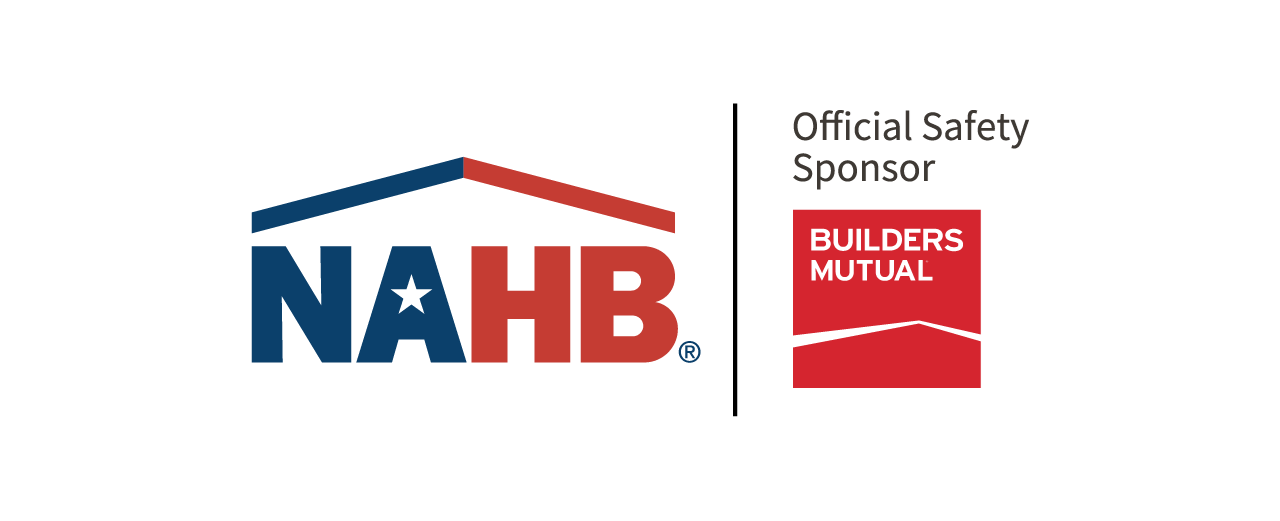Learn Strategies for Managing Cold Stress on Jobsites
Each time winter weather rolls around, a new threat to residential construction workers emerges: cold stress. It is important for jobsite managers to know how to protect workers in low temperatures, recognize the signs of injuries and plan for common hazards, including icy roads and walkways.
As a part of its ongoing initiative on member jobsite safety, NAHB recently created a new video toolbox talk on cold stress safety.
When working in cold temperatures, there are several risk factors, including wetness/dampness, wind, dehydration, improper clothing and predisposed health conditions. These can all lead to cold stress injuries and illnesses like:
- Hypothermia
- Frostbite
- Dehydration
But how do you know if it’s too cold outside? Sudden drops in temperature, increases in wind-chill, limited sunshine and lack of protective clothing are all factors that increase the risk of cold stress among construction staff.
It is important to keep in mind that other weather conditions such as snow, rain and sleet bring their own set of jobsite hazards, including slips and falls that can result in bruises, lacerations and other injuries.
There are ways for managers to minimize risk and protect their crewmembers from these cold stress injuries. For example, removing snow and ice from the site and salting walkways/roadways is a great way to prevent slips and falls. The use of space heaters is another simple but effective practice. Lastly it is very important to educate workers on how to protect themselves from the wintry elements and how to detect if they are feeling or exhibiting symptoms of any injury or illness listed above.
If someone is exhibiting symptoms, they should be moved to a warm room or vehicle, and warm bottles or hot packs should be placed under their armpits, the sides of their chest and under the groin with blankets that don’t cover their face. And of course, in any medical emergency, always dial 911.
Watch the toolbox talk below to learn more about cold stress safety. English and Spanish versions of the video, along with a helpful handout, are available on the Cold Stress Safety webpage.

Latest from NAHBNow
Jan 20, 2026
Smart Sourcing, Smarter Basis: How AI Is Changing Land AcquisitionFor decades, the process of screening off-market sites has remained painfully slow. But a shift is happening as top-tier land teams are moving away from manual data aggregation and toward AI-driven workflows to eliminate non-viable sites in minutes.
Jan 16, 2026
Building Material Price Growth Remains Elevated Despite a Sluggish MarketResidential building material price growth continued to climb toward the end of 2025, even as the new home construction market showed signs of slowing.
Latest Economic News
Jan 20, 2026
New Single-Family Home Size Trends: Third Quarter 2025New single-family home size has been generally falling since 2015 as a response to declining affordability conditions. An exception occurred when new home size increased in 2021 as interest rates reached historic lows. However, as interest rates increased in 2022 and 2023, and housing affordability worsened, the demand for home size has trended lower.
Jan 20, 2026
Third Quarter 2025 Multifamily Construction DataAccording to NAHB analysis of quarterly Census data, the count of multifamily, for-rent housing starts increased during the third quarter of 2025. For the quarter, 119,000 multifamily residences started construction. Of this total, 114,000 were built-for-rent.
Jan 19, 2026
Soft Conditions for Single-Family Built-for-RentSingle-family built-for-rent construction fell back in the third quarter of 2025, as a higher cost of financing and increased multifamily supply crowded out development.
